Cocaine Cowboys & Disco Dreams
In the 1970s and 80s, Miami danced on the edge—literally and figuratively. Amid the chaos of the drug trade, the city’s Art Deco bones crumbled, but its nightlife heartbeat never stopped. The stage was set for something big.
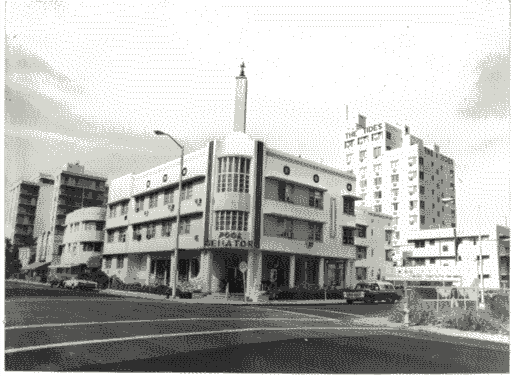
Sun, Sass & Subcultures
The late 80s turned South Beach into an eclectic haven for artists, the LGBTQ+ community, and free spirits. Cheap rent, endless sun, and a wild, creative vibe transformed the area into the ultimate sandbox for nightlife pioneers.
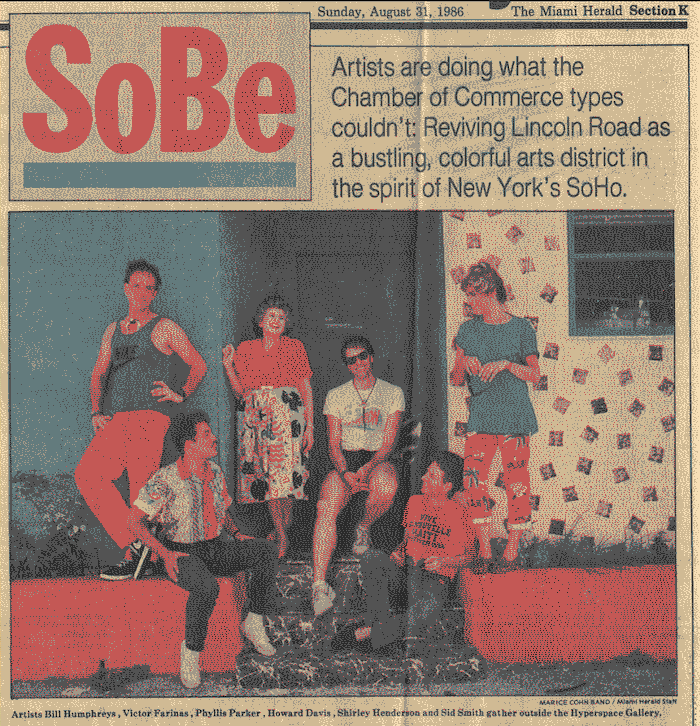
"Artists are doing what the Chamber of Commerce types couldn't: Reviving Lincoln Road as a bustling, colorful arts district in the spirit of New York's SoHo."
The 90s: Neon Nights & Ecstasy Heights
South Beach's 90s nightclub boom brought venues like Velvet and Liquid to the forefront. Ecstasy fueled euphoria blurred boundaries on the dance floor, making every night feel like a revolution.
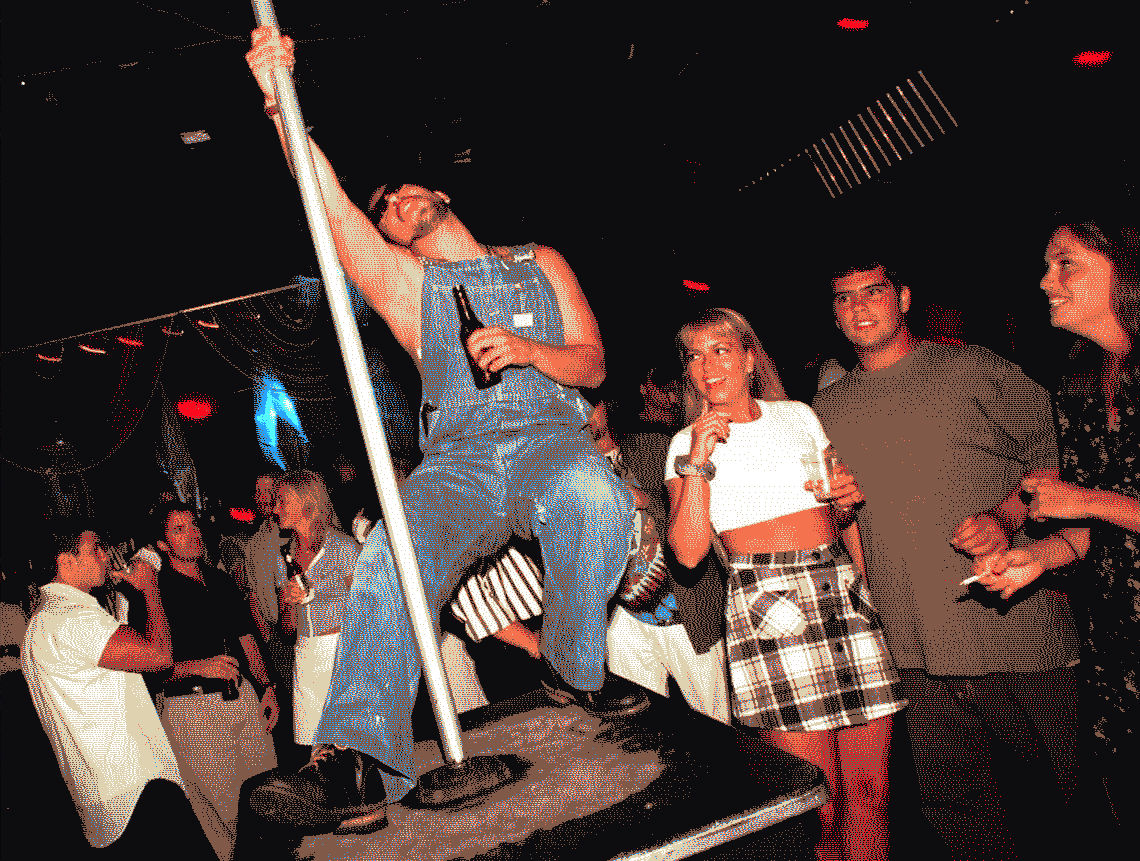
Shelley Novak Shakes Things Up
In 1992, Shelley Novak, a glamorous drag persona, became an icon of Miami's nightlife, adding glitter to the grit and helping to shape the city’s iconic scene.
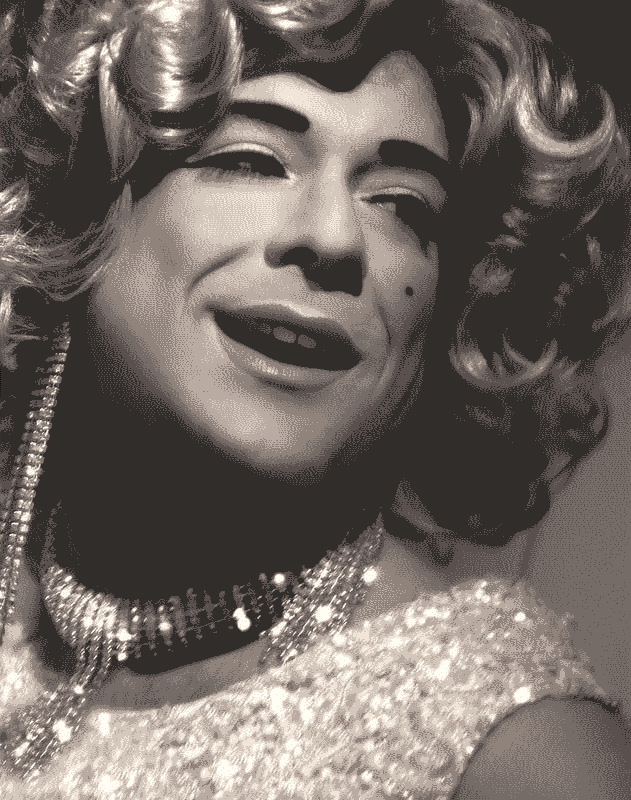
House Music Hijacks Miami
The late 80s and early 90s saw house music, a blend of disco, soul, and electro, become the soundtrack of Miami’s gay clubs, turning nightlife into an immersive experience like no other.
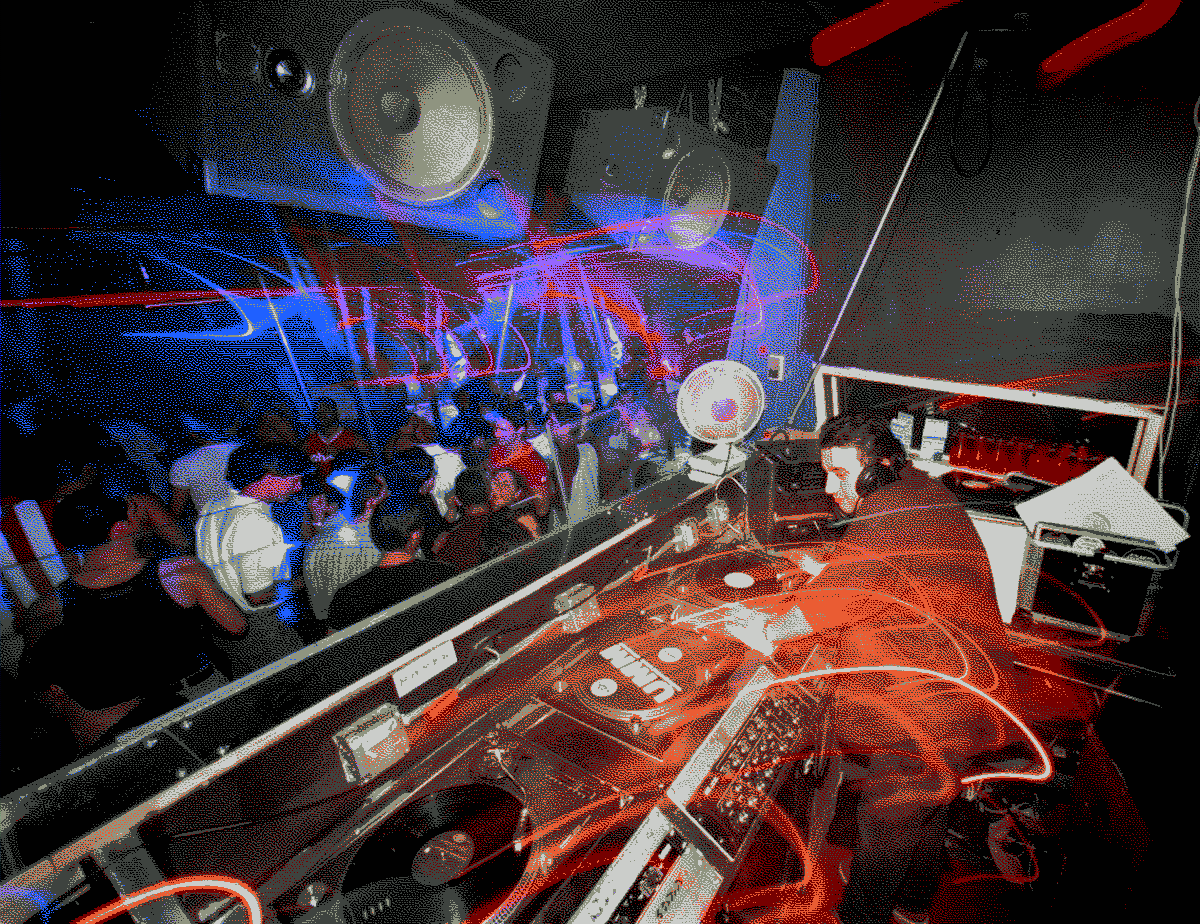
The Great Gay-Straight Merge
By the mid-90s, Miami’s clubs like Groove Jet welcomed everyone. House music brought gay and straight crowds together in euphoric unity, solidifying the city’s party capital reputation.
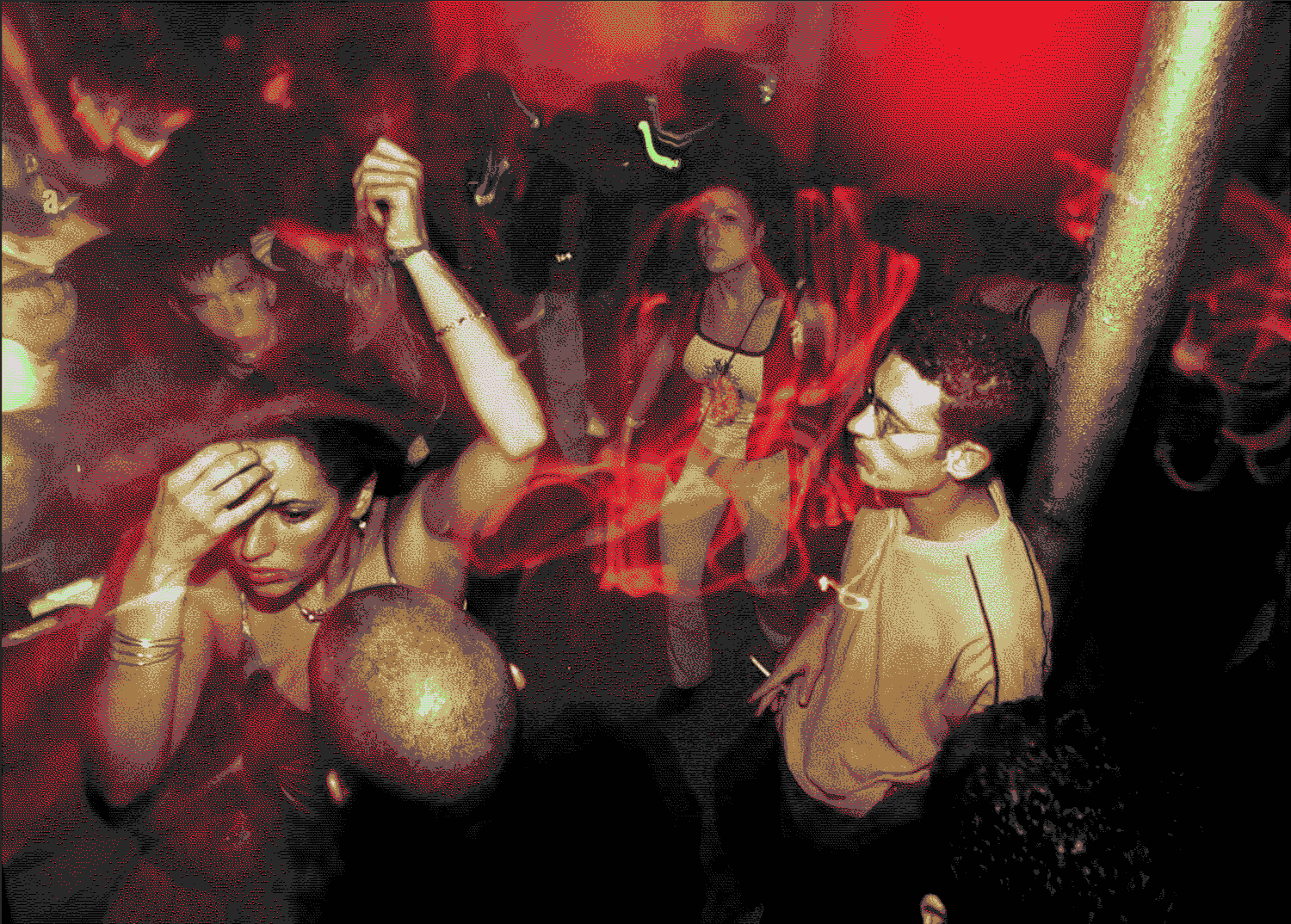
Salvation was a gay nightclub that drew 1,200 attendees nightly with its laser light shows during its heyday in the late 1990s. Salvation featured an amphitheater-like design with a sunken dance floor, often drawing a crowd under the influence of psychedelic substances. Salvation was a cornerstone of South Beach’s gay scene, now replaced by mainstream businesses. Tommy Strangie, also known as drag queen Shelley Novak, recalls, “I never understood where Salvation found 4,000 muscle-circuit queens every Saturday to pack the place.” He adds that it was a weekly hotspot until hip-hop became more dominant on the Beach, leading to its transformation into an Office Depot.
Close
Amnesia, located at 136 Collins Ave, was founded by Lawrence Kaine in 1994 and originally hosted the Amnesia nightclub, which André Boudou brought to South Beach after its success in France. Over the years, the venue has changed ownership and branding but has remained a key spot in Miami’s nightlife scene. It became famous for extravagant events like foam parties and operated as an open-air nightclub, leading to noise complaints from nearby residents. The venue was also known as Opium Garden downstairs and Prive upstairs, both managed by Miami nightlife mogul Roman Jones.
Close
The Warsaw Ballroom, located at 1450 Collins Avenue, became a hotspot in 1988, drawing a young, trendy crowd with its wild and edgy events. Known for its boundary-pushing atmosphere, it hosted unforgettable parties like Battle of the Bods, Underwear Parties, Foam Parties, and performances by drag queens, belly dancers, and leather-clad go-go dancers — sometimes featuring unexpected acts like performers with pigs. The club gained fame for introducing Miami Beach’s first unisex bathrooms and for hosting private parties for Gianni Versace. Re-opened in 1991 by entrepreneur Andrew Delaplaine as simply “Warsaw,” the club embraced the gritty, raw vibe of South Beach at the time, which Delaplaine likened to a “war zone.” Its iconic slogan, “We came. We saw. We Warsaw,” captured its bold spirit until its closure in 1999.
Close





